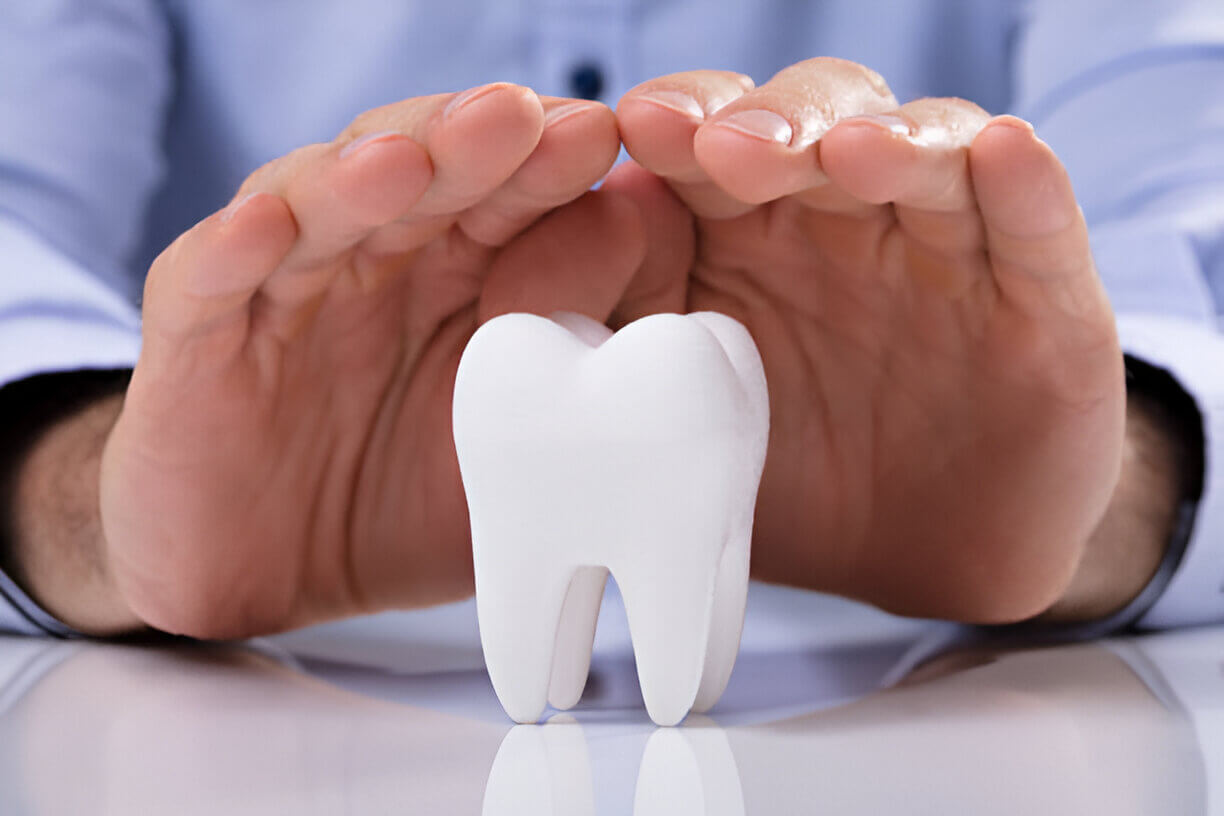As a dental hygienist, you are dedicated to providing the best care for your patients. However, even with the utmost professionalism, mistakes can happen. Dental hygiene malpractice insurance is essential for protecting yourself from the financial and legal consequences of these potential errors. This comprehensive guide will explore what dental hygiene malpractice insurance is, why it’s crucial, and how to choose the right coverage.
What is Dental Hygiene Malpractice Insurance?
Dental hygiene malpractice insurance, also known as professional liability insurance, is a specialized form of coverage designed to protect dental hygienists from claims of malpractice or negligence. This insurance covers legal fees, settlements, and judgments that may arise if a patient alleges that your actions or omissions caused them harm.
Why is Dental Hygiene Malpractice Insurance Important?
In the healthcare profession, the risk of being sued is an unfortunate reality. For dental hygienists, malpractice claims can arise from various situations, such as improper cleaning techniques, failure to detect oral diseases or even alleged negligence. Without dental hygiene malpractice insurance, you could face significant financial hardship from legal fees and potential settlements.

Types of Coverage in Dental Hygiene Malpractice Insurance
- Occurrence-Based Coverage: This type of policy covers incidents that occur during the policy period, regardless of when the claim is filed. This means you are protected even if a claim is made years after the incident, as long as the policy was active when the incident occurred.
- Claims-Made Coverage: This policy covers claims only if the incident and the claim occur during the policy period. Once the policy expires, you are no longer covered unless you purchase tail coverage, which extends the protection.
Factors to Consider When Choosing Dental Hygiene Malpractice Insurance
When selecting malpractice insurance, consider the following factors:
- Coverage Limits: Ensure the policy provides adequate coverage limits to protect you from substantial claims.
- Legal Fees: Check if the policy covers legal fees in addition to the settlement amount.
- Deductibles: Understand the deductibles associated with the policy and how they affect your out-of-pocket costs.
- Reputation of the Insurance Provider: Choose an insurance company with a strong reputation for handling claims efficiently and fairly.
- Additional Benefits: Some policies offer additional benefits such as continuing education resources and risk management tools.
FAQs about Dental Hygiene Malpractice Insurance
Q: What is dental hygiene malpractice insurance?
A: Dental hygiene malpractice insurance is coverage that protects dental hygienists from claims of malpractice or negligence, covering legal fees, settlements, and judgments.
Q: Why do I need dental hygiene malpractice insurance?
A: This insurance is crucial for protecting yourself from the financial and legal consequences of malpractice claims, ensuring you can continue your career without significant financial hardship.
Q: What is the difference between occurrence-based and claims-made coverage?
A: Occurrence-based coverage protects you for incidents that occur during the policy period, regardless of when the claim is filed. Claims-made coverage only protects you if the incident and the claim occur during the policy period.
Q: What should I consider when choosing a malpractice insurance policy?
A: Consider coverage limits, legal fees coverage, deductibles, the reputation of the insurance provider, and any additional benefits offered by the policy.
Q: How much does dental hygiene malpractice insurance cost?
A: The cost varies based on factors such as your location, years of experience, and coverage limits. On average, dental hygienists might pay between $200 to $500 annually for malpractice insurance.
Q: Does malpractice insurance cover all legal fees?
A: Most policies cover legal fees, but it’s important to confirm this with your provider and understand any limits or exclusions.
Q: Can I get coverage if I work part-time or on a contract basis?
A: Yes, there are policies tailored for part-time or contract dental hygienists. Be sure to discuss your specific work situation with the insurance provider.
Q: What happens if a claim is made after my policy expires?
A: If you have occurrence-based coverage, you are still protected. With claims-made coverage, you need tail coverage to extend protection after the policy expires.
Q: How can I reduce the risk of malpractice claims?
A: Maintain thorough patient records, follow industry best practices, continue your education, and communicate effectively with patients to minimize the risk of claims.
How to Purchase Dental Hygiene Malpractice Insurance
- Assess Your Needs: Determine the level of coverage you need based on your practice, location, and potential risks.
- Research Providers: Look for reputable insurance providers that specialize in dental hygiene malpractice insurance.
- Compare Quotes: Obtain quotes from multiple providers to compare coverage options and costs.
- Read the Fine Print: Ensure you understand the terms, coverage limits, exclusions, and any additional benefits.
- Consult an Advisor: If needed, consult with an insurance advisor to help you make an informed decision.
Conclusion
Dental hygiene malpractice insurance is a critical investment for safeguarding your career and financial well-being. By understanding the types of coverage available, assessing your needs, and choosing the right policy, you can protect yourself from the potential financial and legal repercussions of malpractice claims. Whether you’re a seasoned professional or just starting in your career, having comprehensive dental hygiene malpractice insurance ensures you can focus on providing excellent care to your patients with peace of mind.

